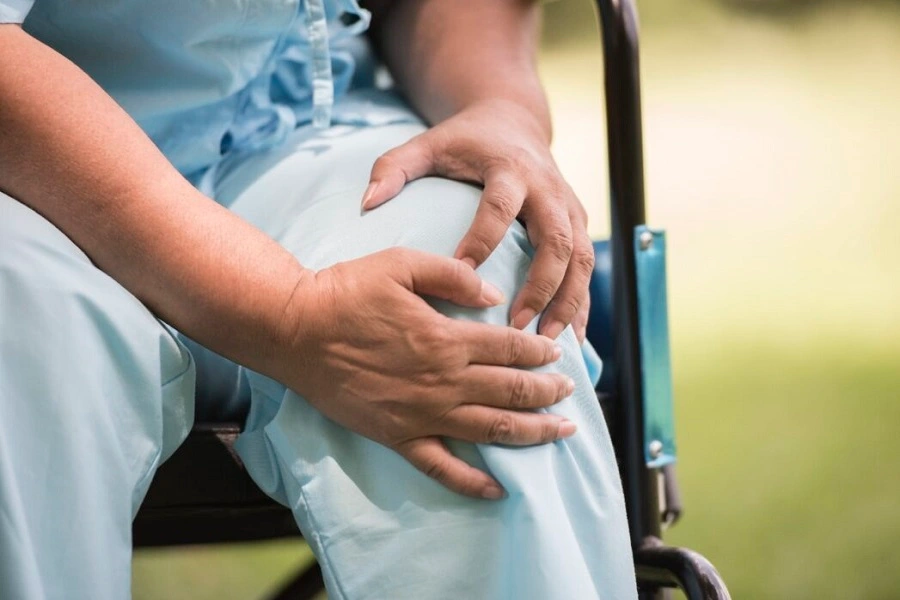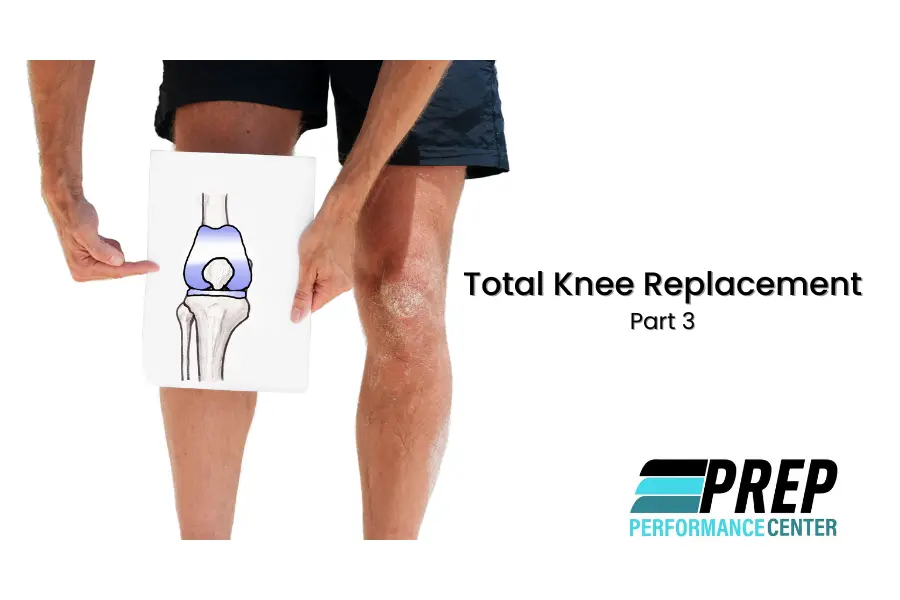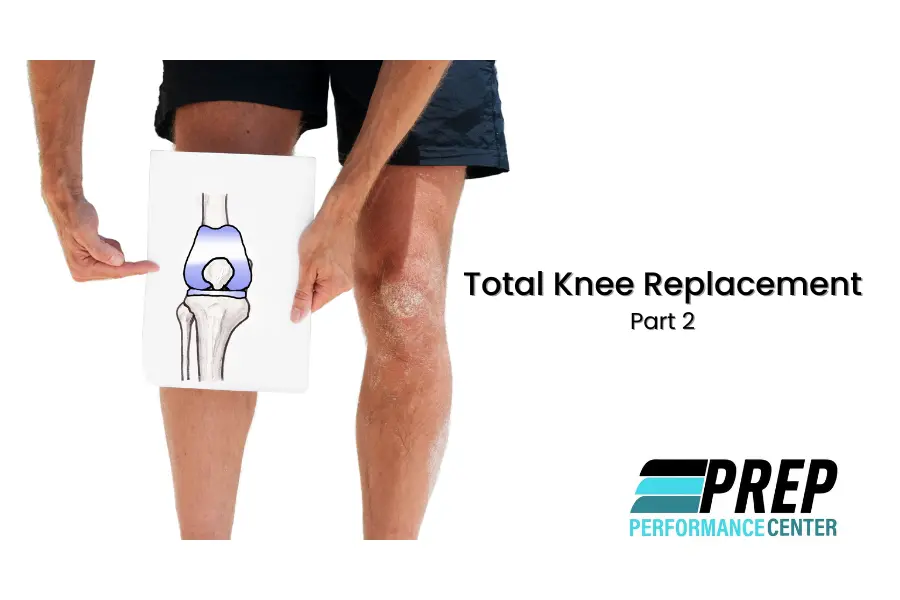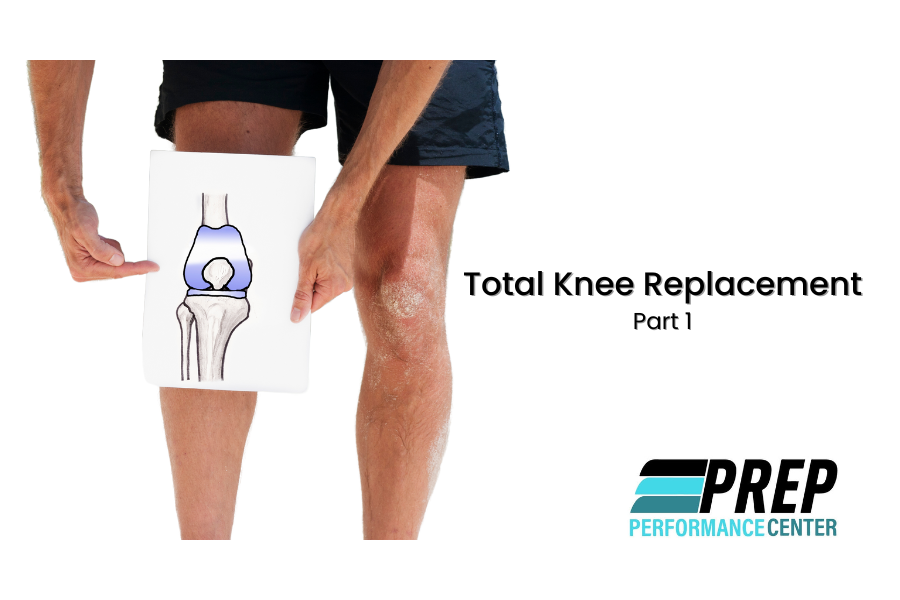Tips to Recover – I guess you are questioning now on what is the fastest way to recover from knee …


Tips to Recover – I guess you are questioning now on what is the fastest way to recover from knee …

Phase II – Motion Phase (Day 3 – Week 3) Progression to OUTPATIENT PT Knee Replacement – By now you …

Phase I – Post Surgical Phase (Day 0-3): (Total Knee Replacement) The first few days after your Total Knee Replacement …

As you prepare for your total knee replacement we recommend using this guide to prepare for the rehabilitation process, set …